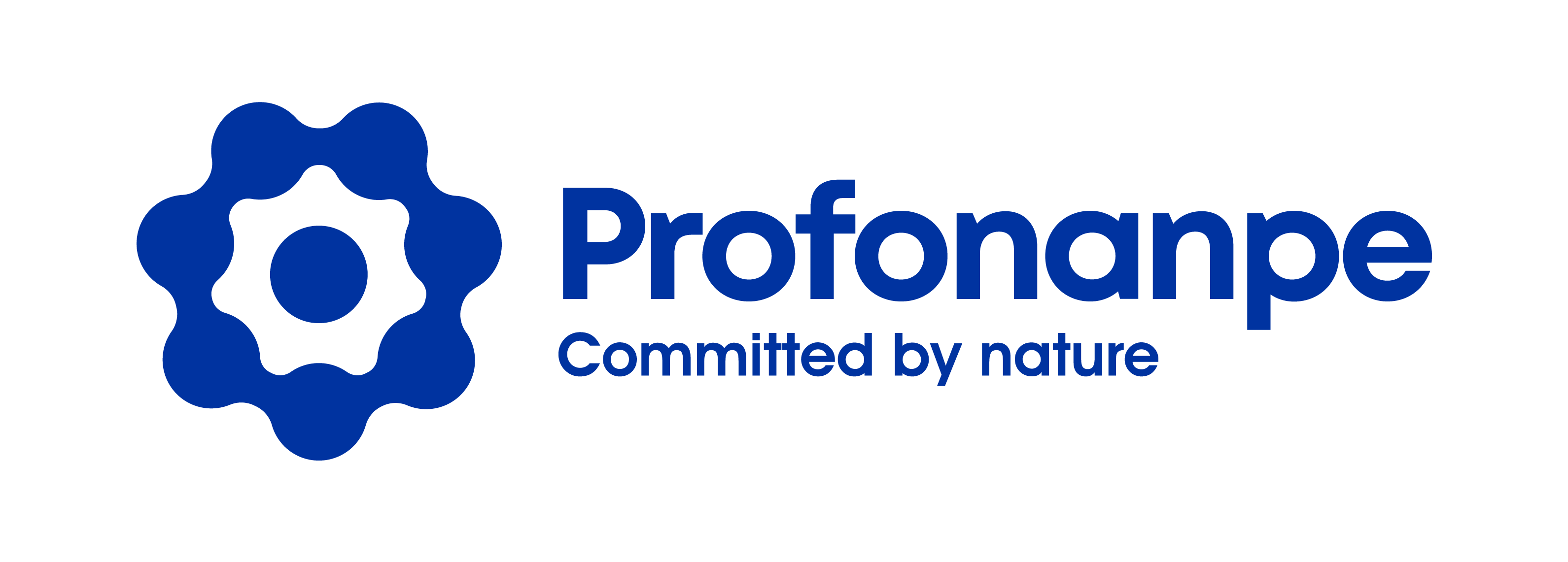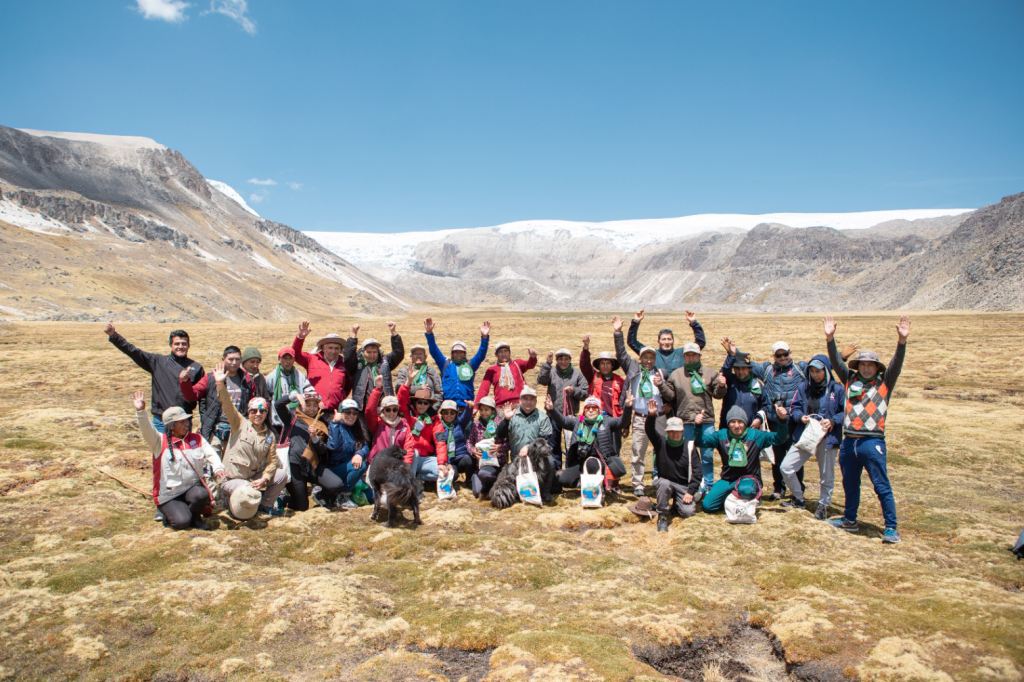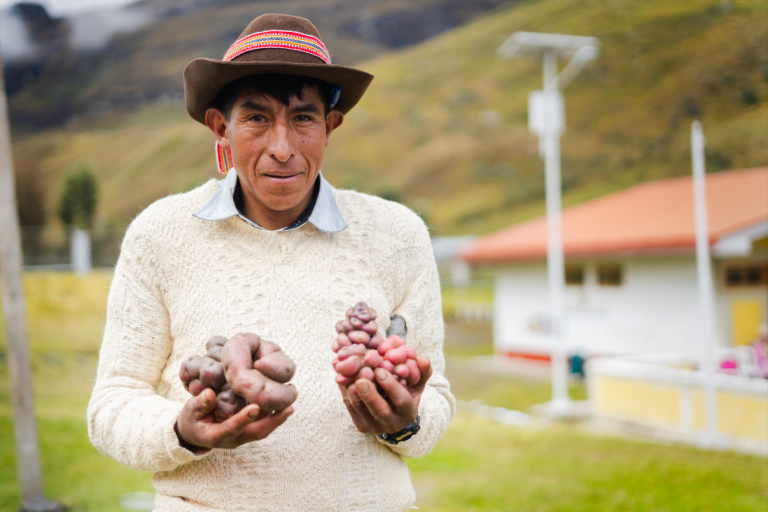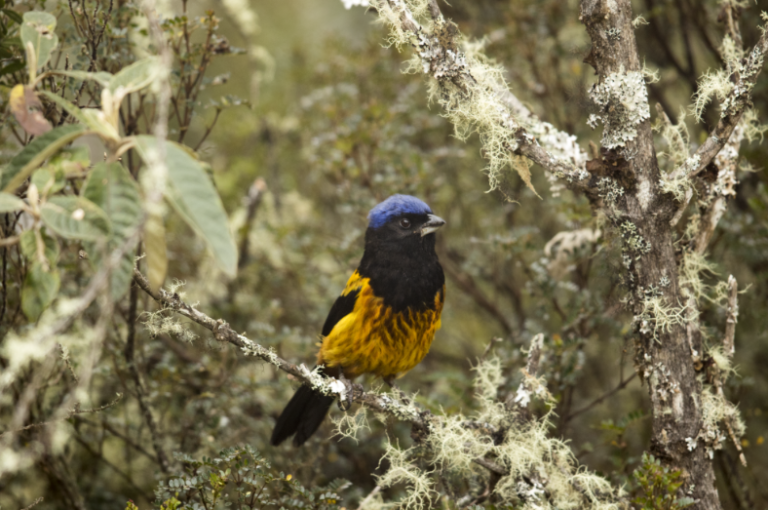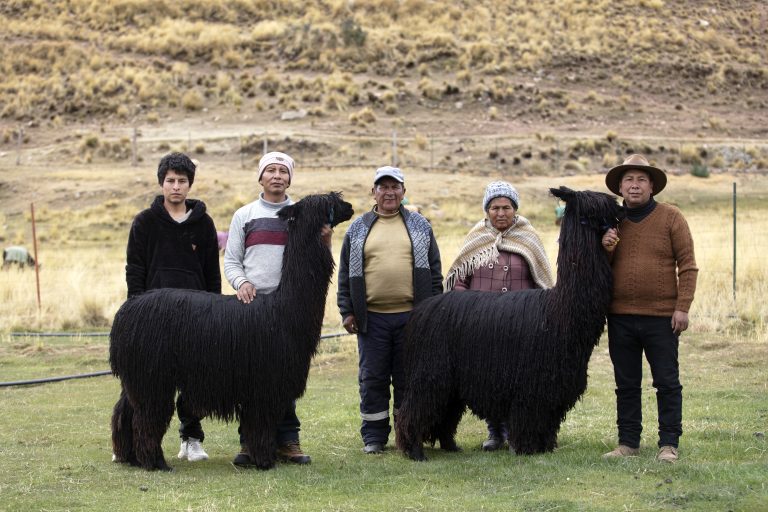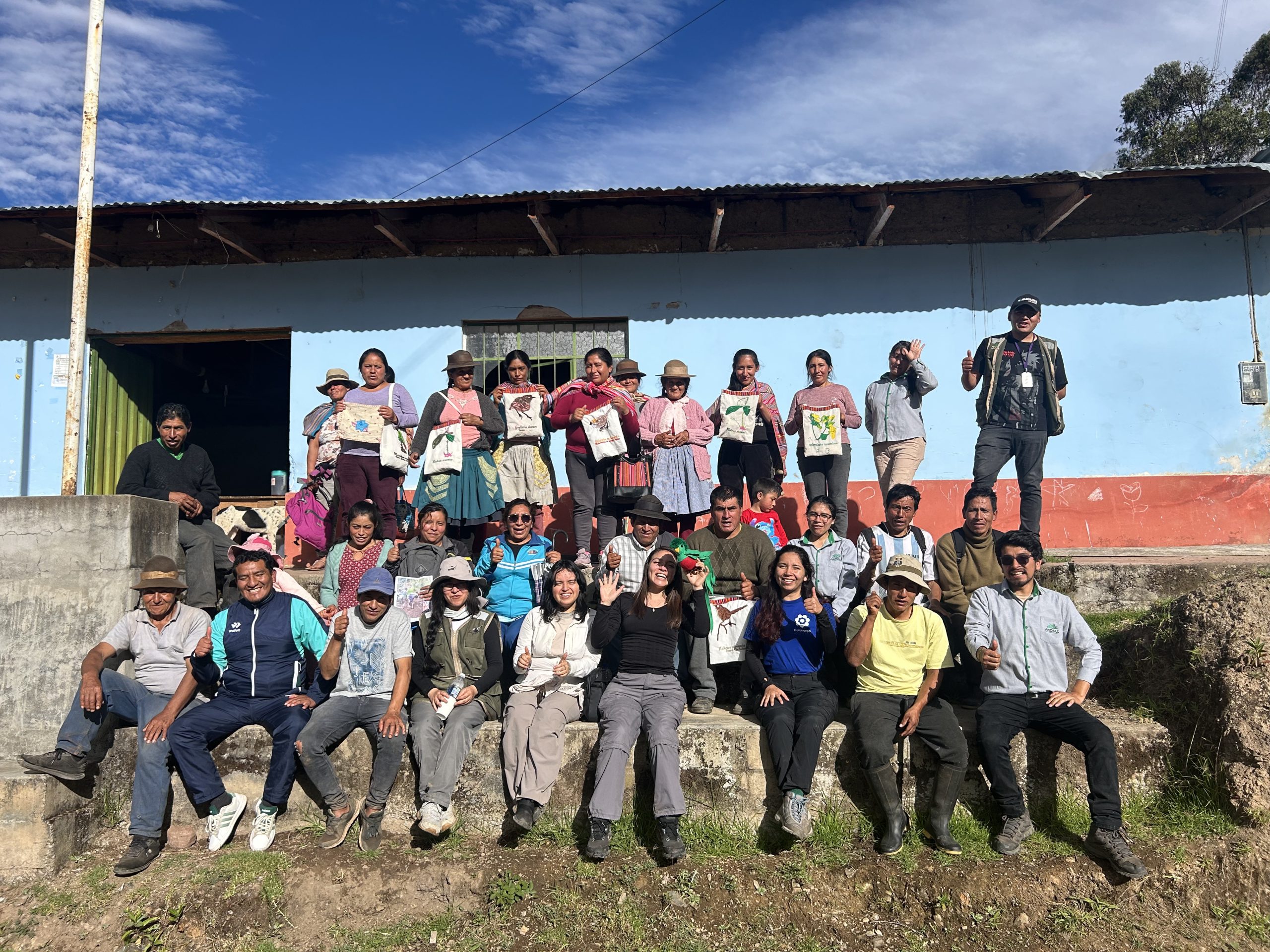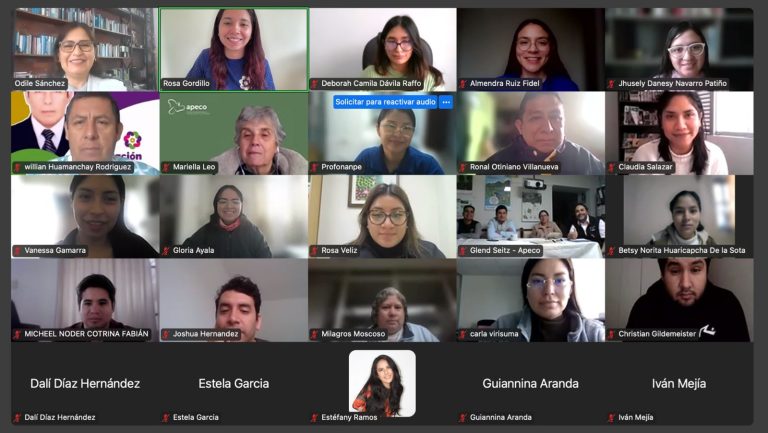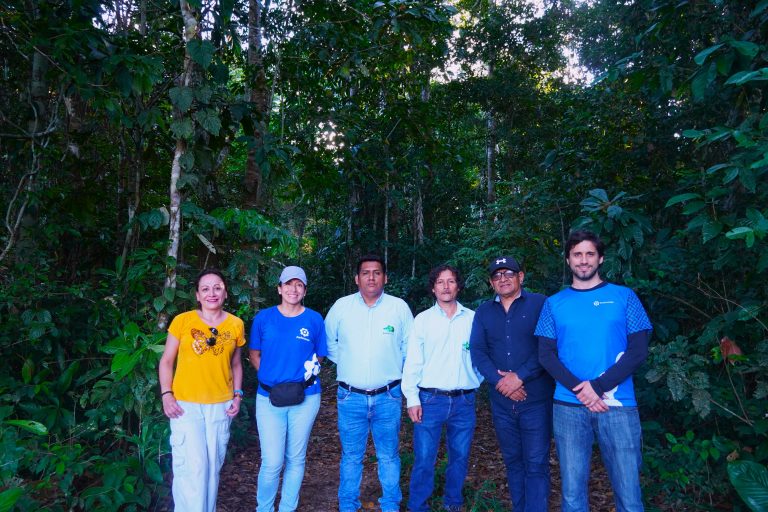Visit to the Qelqaya glacier Ausangate RCA
© IDMA
The internship, held in the Ausangate Regional Conservation Area, located in the Phinaya Campesino Community of the Pitumarca district, province of Canchis in the department of Cusco, brought together leaders from 11 communities in the districts of Lambrama, Curahuasi and Abancay in the province of Abancay – Apurimac. During September 23, 24 and 25, the participants learned about environmental management practices and biodiversity conservation, with the objective of adapting new experiences in their communities within the Rontoccocha RCA proposal.
“This internship has allowed us to learn directly from the practices of our brothers in Cusco, and we are motivated to replicate these experiences in Apurimac,” said Juan Damian Sanchez, president of the Santa Isabel de Caype Peasant Community in the district of Lambrama.
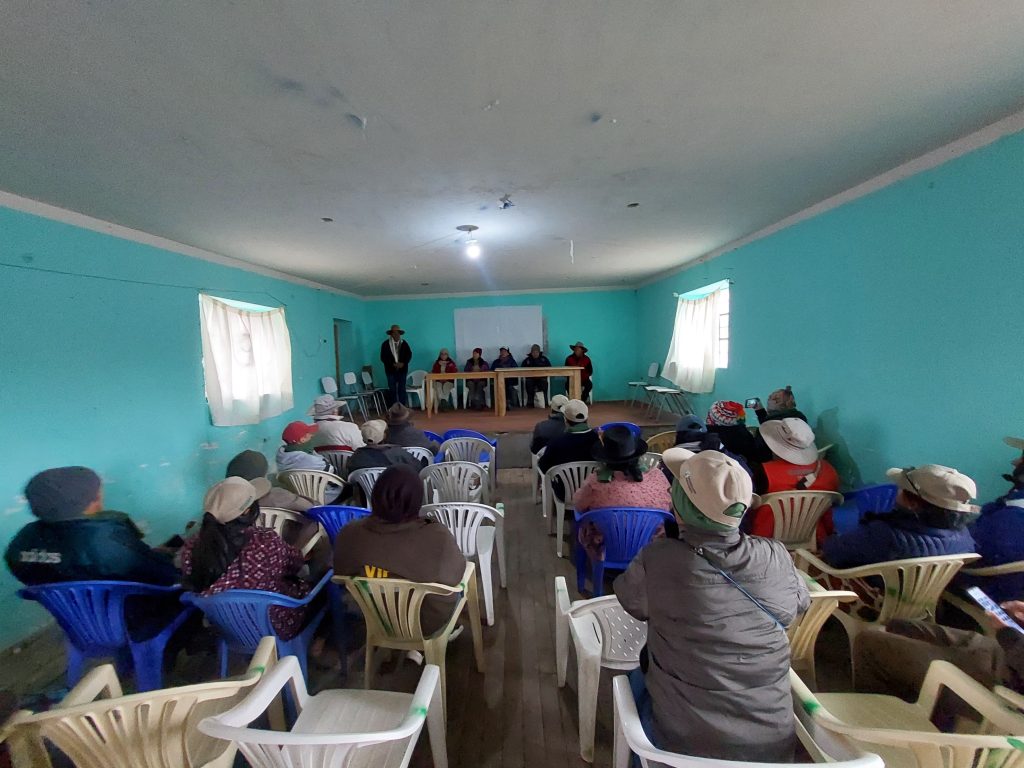
Socialization of the work developed in RCAs by the Regional Management of Natural Resources and Environment of Cusco.
© IDMA
Contextualization and details of the project
The initiative sought to raise awareness among community leaders about the importance of environmental management and biodiversity conservation, thus generating an active commitment in the process of establishing the Rontoccocha RCA. The call was made by the Regional Management of Natural Resources and Environmental Management in coordination with the institutions that have been supporting the process: ACCA and IDMA. Leaders of the communities that are part of the Rontoccocha RCA proposal were invited.
The main objective of the activity was to promote the exchange of experiences in the management of a Regional Conservation Area, allowing community leaders to learn about the importance, scope, benefits and sustainable economic activities within an RCA.
During the internship, several activities were carried out. On the one hand, socialization processes were included on the work being developed in the Regional Conservation Areas (RCAs) from the Regional Management of Natural Resources and Environmental Management in the Cusco Region. On the other hand, information was provided about the panorama of policies and management strategies in RCAs, as well as visits and socialization of the work being carried out to address climate change in different areas of the Ausangate RCA, such as the Qelqaya glacier, the wetlands, the Sibinaqocha lagoon and the control zone of the RCA. To complement the information, there was a discussion with the leaders of the Phinaya community and the Sibina Salma Association, as well as a cultural exchange that included artistic presentations by the participating communities.
The leaders of Rontoccocha RCA achieved significant learning about biodiversity conservation and sustainable development, strengthening their commitment and motivation with the conservation of water resources and biodiversity in their own communities and the Rontoccocha RCA proposal. This conservation in areas such as Ausangate and Rontoccocha RCAs responds to the need to preserve vulnerable ecosystems in the Andes and guarantee access to natural resources for future generations.
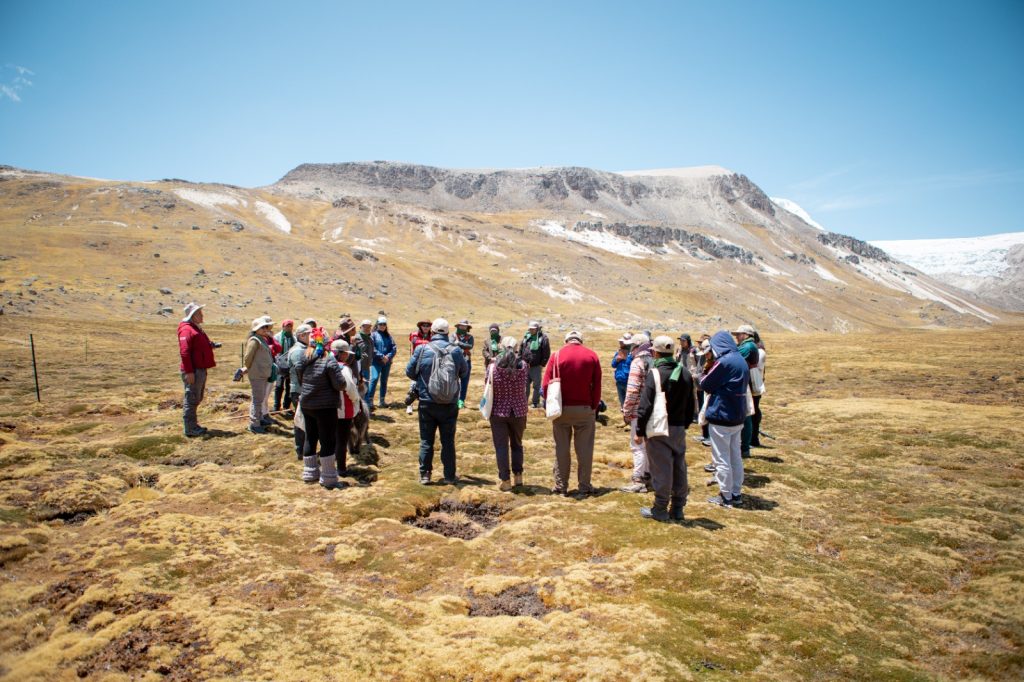
Visits and socialization of work on climate change in the wetlands of the Ausangate RCA
© IDMA
Additional project details and data
The event was attended by professionals responsible for the RCA, belonging to the Regional Management of Natural Resources of the regional governments of Cusco and Apurimac; the Regional Councilor Benancio Quispe Pillaca, president of the environmental commission of the Regional Government of Apurimac; as well as representatives of the NGOs ACCA and IDMA, which have been supporting the process of establishing the Rontoccocha RCA proposal.
The internship achieved a fluid exchange of experiences and knowledge between the leaders of the Rontoccocha RCA proposal and the leaders and technicians of the Ausangate RCA. The leaders of the Rontoccocha RCA proposal were able to observe first-hand the conservation and sustainable development practices implemented in the Ausangate RCA, such as pasture management, control and surveillance of the area, and community tourism. This experience strengthened their commitment to biodiversity conservation and the sustainable development of their communities.
Contact
Yerssey Caballero Palomino
IDMA Apurimac Program Director
directorabancay@idmaperu.org
Yasmine Rosas Damián
Project Coordinator
yasmine.rosas@idmaperu.org

